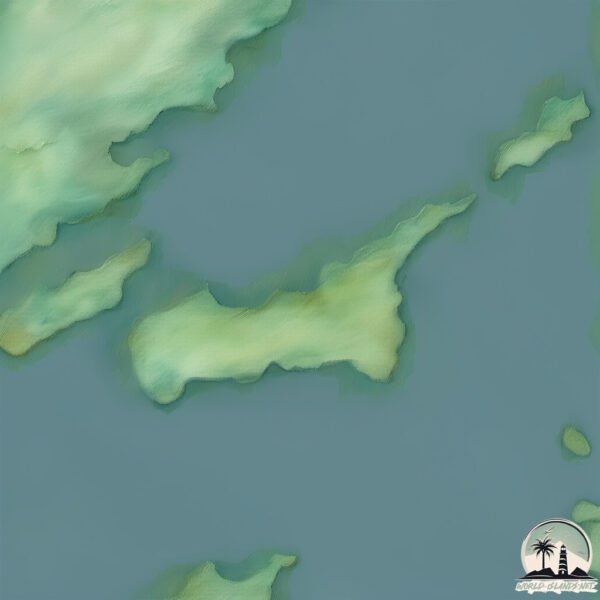Welcome to Swan , a Temperate island in the South Atlantic Ocean, part of the majestic Atlantic Ocean. This guide offers a comprehensive overview of what makes Swan unique – from its geography and climate to its population, infrastructure, and beyond. Dive into the details:
Geography and size of Swan
Size: 13.7 km²Coastline: 23.8 kmOcean: Atlantic OceanSea: South Atlantic OceanContinent: South America
Swan is a Medium Island spanning 14 km² with a coastline of 24 km.
Archipel: Falkland Islands – Located in the South Atlantic Ocean, this British Overseas Territory is known for its rugged terrain, biodiversity, and historical significance.
Tectonic Plate: South America – A major plate covering the South American continent and part of the Atlantic Ocean, known for the Andes mountain range and significant seismic and volcanic activity.
The geographic heart of the island is pinpointed at these coordinates:
Climate and weather of Swan
Climate Zone: TemperateClimate Details: Subpolar Oceanic ClimateTemperature: Cold Summer
Climate Characteristics: Predominantly cold with cool summers and no dry season. Often found in coastal areas at higher latitudes or on islands.
Topography and nature of Swan
Timezone: UTC-04:00Timezone places: America/La_PazMax. Elevation: 18 m Mean Elevation: 9 mVegetation: Open WoodlandTree Coverage: 44%
The mean elevation is 9 m. The highest elevation on the island reaches approximately 18 meters above sea level. The island is characterized by Plains: Flat, low-lying lands characterized by a maximum elevation of up to 200 meters. On islands, plains are typically coastal lowlands or central flat areas.
Dominating Vegetation: Open Woodland
Vegetation: 8 vegetation zones – Very Highly Diverse Island
Infrastructure and Travelling to Swan
Does the island have a public airport? no .
Does the island have a major port? no .
The mean population of Swan is 0 per km². Swan is Uninhabited. The island belongs to Falkland Is. .
Continuing your journey, Great is the next notable island, situated merely km away.
Four teenagers that went missing found alive on Swan Island
Four teenagers who went missing in waters off the Victorian Coast last night have been found alive on Swan Island. Victoria ...
Four teenagers that went missing found alive on Swan Island
Four teenagers who went missing in waters off the Victorian Coast last ...
Four teenagers who went missing in waters off the Victorian Coast last night have been found alive on Swan Island. Victoria ...
The 1960 Invasion of Great Swan Island
In 1960, the Swan Islands, approximately 95 miles from Honduras, were ...
In 1960, the Swan Islands, approximately 95 miles from Honduras, were disputed territory, and the front lines of the Cold War.
Missing Victorian teens found alive on Swan Island
Four teenagers that went missing on Victoria's Mornington Peninsula ...
Four teenagers that went missing on Victoria's Mornington Peninsula have been found alive on Swan Island. Two teenage boys ...
Falkland Is. is classified as Developed region: G7: Group of Seven – Major advanced economies, including Canada, France, Germany, Italy, Japan, the United Kingdom, and the United States. The level of income is High income: OECD.
News – Latest Updates and Headlines from Swan
Stay informed with the most recent news and important headlines from Swan. Here’s a roundup of the latest developments.
Loading...
Please note: The data used here has been primarily extracted from satellite readings. Deviations from exact values may occur, particularly regarding the height of elevations and population density. Land area and coastline measurements refer to average values at mean high tide.

